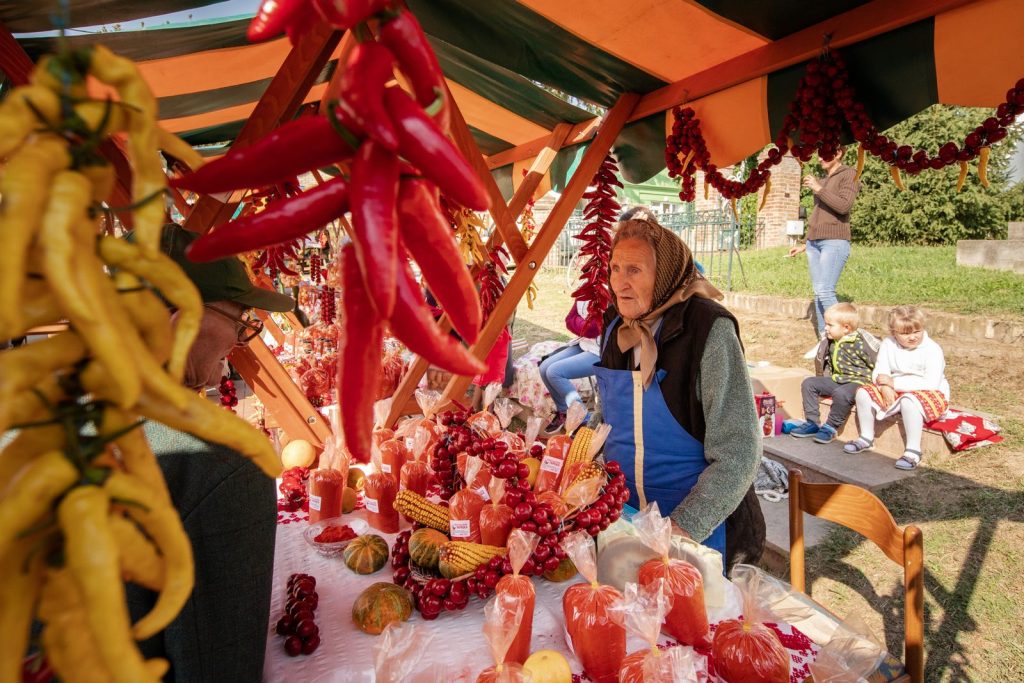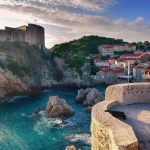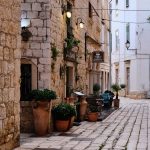As Morski writes, due to ongoing global challenges and rising energy prices as a result of continued inflation, the green and digital transition is becoming imperative in the tourism business, Tourism Minister Nikolina Brnjac pointed out. The number of tourists currently staying here in Croatia recently exceeded one million, and that was a week earlier than it was last year. There are currently 1.012 million guests from around the world visiting the country and the rush down on the coast is quite similar to the best tourist years.
In order for everything to be exactly how it was back during the pre-pandemic, record year of 2019, there are still a little under thirty thousand tourists missing, but an excellent August and a very good September are expected, so by the end of 2022, Croatia could witness a repeat of the best tourist year so far.
Tourism as a lifestyle
One issue which is frequently alluded to is the fact that the country’s many foreign guests themselves enjoy things less when confronted with endless waiting and crowds, owing to which they don’t really have much of a chance to experience the typical everyday life of the real Croatian lifestyle, that is, the lifestyle that makes each country recognisable and attractive and which, ultimately, largely “sells” its tourism offer. It is more or less clear to everyone working in Croatian tourism that something needs to change, and the current tourism authorities imagine the future quite differently.
According to the vision from the Ministry of Tourism, by the year 2030 there should be a strong shift towards socially, environmentally and economically sustainable year-round tourism, which valorises the natural and cultural heritage and unique identity of each individual region of this hugely naturally diverse country.
The key feature of tomorrow’s tourism, which leans much more closely into sustainable Croatian tourism, should be authenticity, which, in addition to the diversity of the country’s regions and rich natural and cultural heritage, is also evoked by hospitable, open and warm-hearted people. Such tourism is more than entrepreneurship, the aforementioned ministry pointed out, it is practically a way of life. All of this is outlined in the proposal of the Strategy for the Development of Sustainable Tourism until 2030.
The priority is to protect and present Croatia’s multitude of tourist resources in an even better manner, to gradually put a stop to burdensome seasonality and the excessive overcrowding of spaces, and to preserve the welcoming spirit of local hosts. The focus for the sustainable Croatian tourism strategy is primarily on quality and innovation, and priority should be given to investments that will encourage harmonious economic development and equal progress of all regions. On the basis of the Strategy, the National Plan for the Development of Sustainable Tourism until 2027 is also being prepared, which will elaborate concrete measures, and will be adopted in parallel. The turn towards this new, more substantial, more fair form of tourism will certainly be facilitated by the financial resources available to the Republic of Croatia as a member of the EU, and the current global situation could speed up the transition.
The current summer tourist season is somehow still running with a deficit of about 5,000 workers in the hotel industry and a deficit of as many as 10,000 in the catering and hospitality industry, writes Vecernji list. This new Strategy which is aiming for more sustainable Croatian tourism may well indirectly alleviate this problem in the long term, but the Croatian Tourism Association has warned repeatedly that this problem shouldn’t be ignored.
”We expect the Croatian Government to define some concrete measures for the stronger activation of the potential of the domestic labour force, the better retention of seasonal workers and the simplification and acceleration of the process of importing foreign labour as soon as possible,” said Veljko Ostojic, the director of the Croatian Tourism Association (HUT), who also noted that the accommodation structure remains one of the the biggest challenges of Croatian tourism.
The number of beds in household/private facilities has now reached 620 thousand, and there are another 610 thousand beds in non-commercial accommodation. There are only 180,000 hotel beds, which represents a drop in the total number of registered beds. HUT says that such a structure in terms of accommodation capacities is primarily a consequence of the current tax system and that thanks to these “excessive” beds, Croatia is suffering enormous pressure on its infrastructure, and on the other hand, it is failing to achieve optimal tourism results.
For more on sustainable Croatian tourism, make sure to check out our dedicated travel section.











